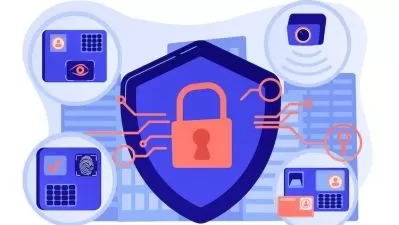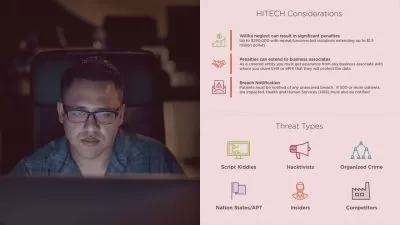Attacks, Threats, and Vulnerabilities for CompTIA Security+
Christopher Rees
5:07:05
Description
This course will teach you the fundamentals and key concepts around the threats, attacks, and vulnerabilities your organization is likely to face. More importantly you’re learn how to mitigate those risks and protect your organization.
What You'll Learn?
In this course, you’ll learn about the various threats faced by social engineering techniques like phishing, pharming, and identity fraud. First, you’ll learn about potential indicators of compromise used to determine the types of attack to systems, applications, and networks. Next, you’ll discover the various intelligence sources used to identify and combat these threats. Finally, you’ll become familiar with various penetration testing tools and techniques. When you’re finished with this course, you’ll have the skills and knowledge needed to pass the Threats, Attacks, and Vulnerabilities section of Security+, along with the skills needed to help protect your company from attacks both internal and external.
More details
User Reviews
Rating
Christopher Rees
Instructor's Courses
Pluralsight
View courses Pluralsight- language english
- Training sessions 179
- duration 5:07:05
- level preliminary
- Release Date 2023/01/24











